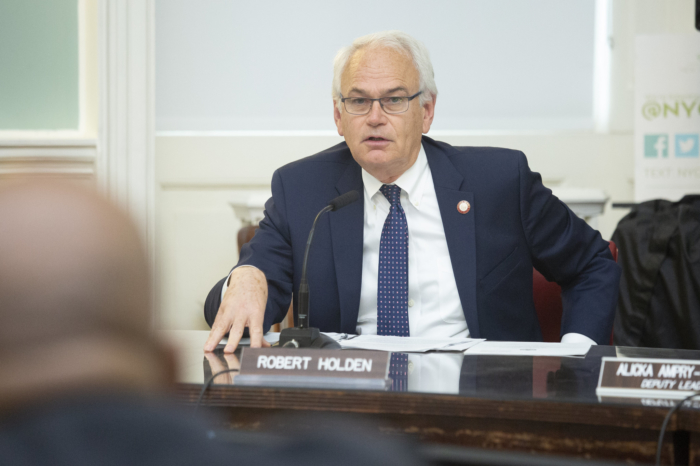By Laura Rahill
The Declaration of Independence can be said to be America’s most important, if not its most cherished, document — alongside the U.S. Constitution, of course.
Drafted by Thomas Jefferson between June 11 and June 28, 1776, we call it to mind July 4 as the whole nation celebrates the independence of the United States.
The history of the nation spans years of rebellion, strife and bloody war and its birth as an independent entity began July 4, 1776.
Although July 4 was not the day the Continental Congress declared independence (July 2, 1776), nor was it the day the American Revolution began (April 1775), nor was it the day Jefferson wrote the first draft of the Declaration (June 1776), but rather it was the day the Continental Congress approved the final wording and edits of the Declaration of Independence.
July 4 became the date that is on the actual handwritten copy that was signed in August and which is now on display at the National Archives in Washington, D.C.
Independence Day was, however, not always a national holiday. In fact, for the first 15 or 20 years after the declaration was written, people did not celebrate it at all. Bitter conflict between the Democratic-Republicans, who favored Jefferson and the Declaration, and the Federalists, who opposed the Declaration as too French and anti-British, meant a split in opinion on both Jefferson and the Declaration.
In 1817, John Adams, who was the U.S. secretary of state from 1817-25, wrote a letter complaining that America seemed uninterested in its past. This was soon to change, though. After the War of 1812, the Federalist Party came undone and the new parties of the 1820s and 1830s viewed themselves as inheritors of Jefferson and the Democratic-Republicans.
The Declaration of Independence began to circulate again, with July 4, 1776, printed clearly at the top. July 4 was promoted even further by the deaths of Jefferson and Adams on the same day — July 4, 1826 — which was the 50th anniversary of the adoption of the Declaration of Independence. The two men who were former presidents and the last of the original revolutionaries who stood up to the British Empire died within five hours of each other.
In 1870, almost a hundred years after the Declaration was written, Congress first declared July 4 to be a national holiday.
Today, 238 years after the Declaration was written, we celebrate this holiday on a large scale.
The Macy’s firework display in New York is the country’s largest Independence Day celebration. The majority of businesses will be closed for the occasion as celebrations, parades and fireworks light up the country this whole three-day weekend when the nation decks itself with the colors of the flag — red, white and blue — and comes together to remember and acknowledge the birth our wonderful home: the United States of America.
































